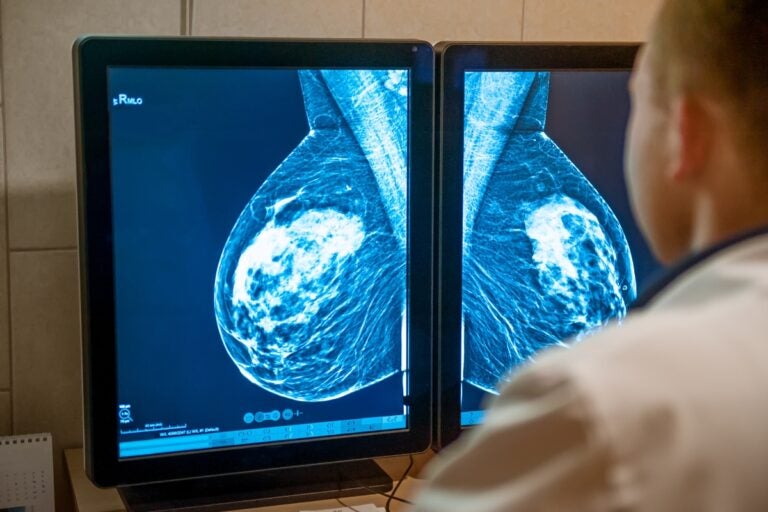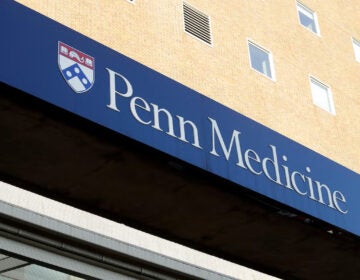Breast cancer breakthrough – from new treatments to lingering challenges
National Breast Cancer Awareness Month started back in 1985. In the 40 years since then, there’s been a ton of progress. Some cutting edge research now comes out of Penn.
Listen 45:42
Penn Researchers offer hope thanks to a major discovery on how to identify so-called cancer sleeper cells. Are we getting closer to a cure?
On the 40th Anniversary of Breast Cancer Awareness Month, we reflect on the progress made in the fight against breast cancer.
Today, 70 to 80% of women diagnosed can be successfully treated with therapies such as chemotherapy, radiation and hormone treatments. Yet, 20 to 30% face recurrence, often as metastatic breast cancer, with a survival rate of just 31% beyond five years.
The Breast Cancer Program at the University of Pennsylvania’s Abramson Cancer Center is pioneering research to understand and detect so-called dormant “sleeping” cancer cells that can later reactivate and lead to metastasis. Clinical trials, currently underway, are targeting these cells, many of which are found in the bone marrow, where they can be monitored and attacked.
We talk with Dr. Angela DeMichele, co-leader of the program, and we revisit the challenges, victories and ongoing efforts to fight stigma and find possible cures.
Guest:
Dr. Angela DeMichele – co-leader of the Breast Cancer Program at the Abramson Cancer Center at the University of Pennsylvania
WHYY is your source for fact-based, in-depth journalism and information. As a nonprofit organization, we rely on financial support from readers like you. Please give today.






